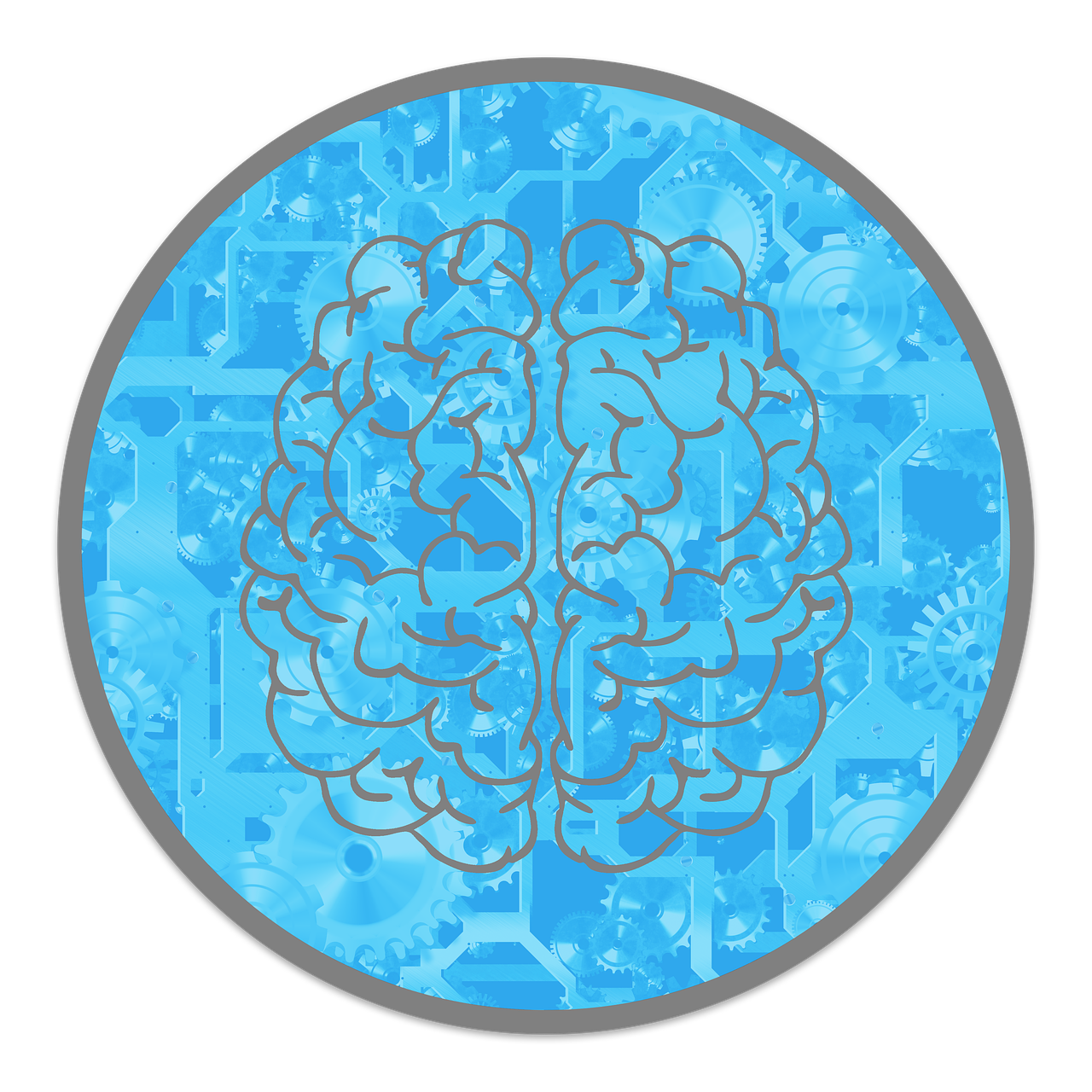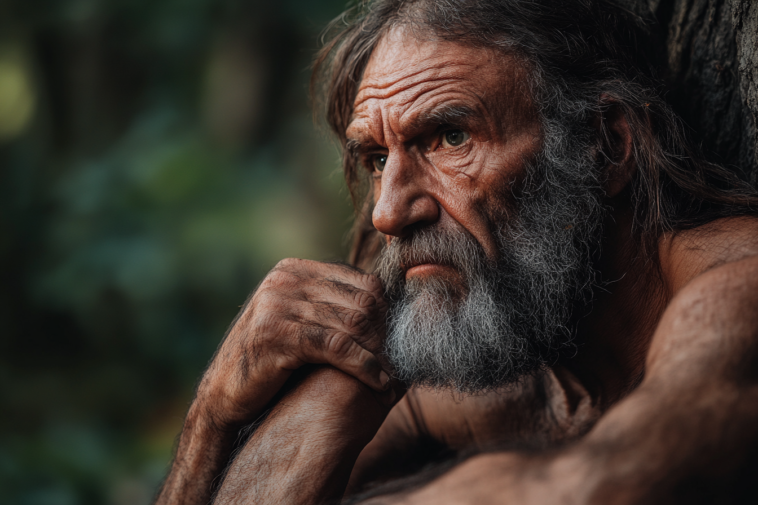
Long before cities, TikTok trends, or even the idea of writing things down, our ancestors were out there surviving with nothing but sharp rocks and sharper instincts.
Welcome to the Stone Age — humanity’s original startup phase.
This era, which stretches back millions of years, is where it all began: the first humans, the first tools, the first time someone figured out fire wasn’t just for burning things but also for cooking mammoth steaks.
From cave paintings to early languages, this is where human culture got its first messy, beautiful draft.
But the Stone Age isn’t just a history of bones and flint. It’s the story of how we became us.
In this guide, we’ll break down the key phases of prehistoric life, the game-changing inventions, and what daily survival looked like when “meal prep” meant hunting something bigger than you.
What Is the Stone Age?
Think of the Stone Age as humanity’s prequel — before metal, cities, and Wi-Fi, when our biggest flex was figuring out how to sharpen a rock.
It was the era when stone tools were the cutting-edge tech (literally), and survival was the name of the game.
The Stone Age came before the Bronze and Iron Ages — basically, before humans figured out how to melt stuff.
It’s split into three major chapters, like the original trilogy of human evolution:
- Read also: 6 Prehistoric Artifacts That Could Change History
- Read also: Explained: How Prehistoric Human Evolution Is Mapped Incorrectly
1. Paleolithic (old stone age)
Timeframe: ~2.5 million years ago to ~10,000 BCE
Key features:
- Humans were nomads, chasing food and dodging predators.
- Tools were rough, basic, and made of stone — think “nature’s Swiss Army knife.”
- Fire? Game changer. So was figuring out that hunting in groups beats going solo.
2. Mesolithic (middle stone age)
Timeframe: ~10,000 BCE to ~8,000 BCE (varies by region)
Key features:
- People started fishing, building semi-permanent homes, and crafting smaller, smarter tools (microliths).
- Less running, more planning — like switching from dial-up to early broadband.
3. Neolithic (new stone age)
Timeframe: ~8,000 BCE to ~3,000 BCE
Key features:
- Agriculture takes the spotlight — people start growing crops and domesticating animals.
- Settlements form. Pottery shows up. So do early religions and social structures.
- Basically, this is when humans start leveling up toward civilization.

Life in the Paleolithic Era: The First Humans
Welcome to the Paleolithic Era — aka the longest and most hardcore chapter of the Stone Age.
Think of it as humanity’s beta test phase, where survival wasn’t optional, it was a full-time job.
Early humans
Before modern humans showed up, there were a few key players in the evolutionary lineup:
- Homo habilis (“handy man”) — showed up around 2.4 million years ago and was like, “What if I used this rock… to smash stuff?”
- Homo erectus — showed up next with better tools, hunting skills, and the ultimate life hack: fire.
- Neanderthals and Homo sapiens appeared later. Spoiler: Homo sapiens are us. We’re the sequel.
Tools and technology
Back then, your tool kit didn’t come from Home Depot — it came from the ground.
- Tools were made from flint, obsidian, and bone — basically nature’s version of multitools.
- Early humans used them to hunt, butcher animals, and chop plants.
- The Oldowan tools (dating back 2.6 million years) were like the original Swiss Army knives — basic, but brutal.
Discovery of fire
When Homo erectus figured out fire, everything changed. We’re talking caveman-level tech revolution.
- Warmth + Light = cozy caves
- Cooked food = easier digestion and fewer “oops, this berry is poison” moments
- Predator control = sabertooth cats hate fire
- Social bonding = stories, gossip, maybe even the first awkward group dinners
Basically, fire turned humans from surviving to thriving.
Paleolithic art
Long before Instagram, there were cave walls — and early humans used them.
- Cave paintings in places like Lascaux (France) and Altamira (Spain) feature animals, symbols, and maybe even proto-stories.
- These weren’t just doodles — they suggest spirituality, rituals, and big-brain symbolic thinking.
So yes, early humans were hunters and artists. Multitalented.
Mesolithic Era: A Time of Transition
Think of the Mesolithic Era as history’s awkward teenage phase — not quite full hunter-gatherer, not yet farming TikTok-worthy crops.
But wow, did things start to shift.
This was the era where humans got smarter with tools, chiller with lifestyle, and started testing out what it felt like to stick around in one place for a while.
Microlithic innovations
Stone tools got an upgrade — smaller, sleeker, and surprisingly effective.
- Enter microliths: tiny stone flakes that were basically the IKEA parts of prehistoric tools.
- People combined them with wood or bone to make arrows, harpoons, and fishhooks — because, yes, fishing became a thing.
- Canoes even showed up, which means early humans not only hunted on land but were brave enough to float into the unknown with pointy sticks.
Shelter and settlement
This is when humans started testing out the idea of “home” (though no white picket fences yet).
- People built semi-permanent shelters, mostly near rivers or coasts — because water = fish, and fish = less chasing dinner through the woods.
- Dogs were domesticated around this time, which means we’ve been saying “Who’s a good boy?” for thousands of years.
- Less wandering, more gathering and chilling. Nomad life wasn’t over, but it was evolving.
Regional variation
The Mesolithic didn’t roll out globally like a Marvel movie premiere — different regions had different timelines.
- In Europe, it stuck around until farming arrived with the Neolithic crew.
- In parts of Africa and Asia, the Mesolithic was basically skipped — humans went straight from hunter-gatherers to full-blown farmers.
In other words: same human species, different plot twists depending on where you lived.

Neolithic Era: Birth of Civilization
The Neolithic period was the ultimate glow-up.
Humans went from surviving in the wild to organizing neighborhoods, growing crops, and maybe even arguing over who gets what land.
This era marks the official birth of civilization — and yes, that includes farming, real estate, and religious rituals.
Agricultural revolution
Forget hunting mammoths — now we’re talking wheat, lentils, and a whole lot of ground to till.
- Humans domesticated plants like wheat, barley, and lentils — the original farm-to-table.
- Farming = food surplus, which led to bigger families and booming communities (hello, baby boom of 8,000 BCE).
- New tools emerged: sickles for harvesting, grinding stones for processing grains — early humans were now meal-prepping like champs.
Permanent settlements
Goodbye caves, hello cul-de-sacs.
- Humans started building permanent homes — often from mud-brick and stacked so tight you had to use the roof as a front door (looking at you, Çatalhöyük in Turkey).
- These were early blueprints for urban planning. Think: prehistoric suburbia with better views and fewer HOA meetings.
Technological advances
With more time (and fewer saber-tooth tigers), people got crafty — literally.
- Pottery showed up for storing food, water, and probably ancient stew.
- Humans began weaving textiles, crafting tools from polished stone, and even dabbling in early construction projects.
- Cue Stonehenge — that mysterious Neolithic mega-monument that’s part sundial, part spiritual flex.
Social and cultural developments
Now that people had stuff — land, food, pottery collections — society got a bit more structured.
- Property ownership became a thing, and so did social classes. (Yes, we’ve been keeping up with the Neolithic Kardashians for millennia.)
- Burial practices got more elaborate, hinting at spiritual beliefs and afterlife theories.
- Roles in society — who hunted, who gathered, who led — became more defined.
Stone Age Tools and Weapons: A Breakdown
Here’s a quick overview of key tools and their purposes:
| Tool | Material | Use |
| Hand Axe | Flint or obsidian |
Cutting wood, meat, or bones
|
| Spear | Wood, stone tip | Hunting animals |
| Scraper | Stone |
Cleaning animal hides
|
| Bow and Arrow | Wood, sinew, flint |
Long-distance hunting
|
| Sickle | Polished stone |
Harvesting crops
|
| Grinding Stone | Stone |
Processing grains
|
The Role of Art and Religion in Prehistoric Life
Prehistoric art
Before TikTok trends and Banksy murals, prehistoric humans were already creating their own brand of expression.
- Found everywhere from France to South Africa, cave art was the prehistoric version of “leave a mark.”
- They painted animals, hunting scenes, and mysterious symbols using pigments like charcoal, ochre, and crushed minerals — think of it as nature’s paint set.
- These weren’t just doodles — they likely carried ritual meaning, served as storytelling, or were part of early belief systems.
Rituals and burial practices
Turns out, even back then, humans weren’t just thinking about what’s for dinner — they were wondering about what comes after.
- Archaeologists have uncovered burials with tools, beads, and ornaments, suggesting people believed in an afterlife or had some form of spiritual practice.
- Sites like Göbekli Tepe in Turkey (older than the pyramids!) show elaborate stone circles built purely for religious rituals — and this was before agriculture took off.

- Read also: Prehistoric Myths: What We Got Wrong About Early Humans
- Read also: The Golden Age of Islamic Science: Discoveries That Shaped the World
Stone Age Legacy: Why It Still Matters Today
You might have Wi-Fi and a smart fridge, but you’re still walking around with a Stone Age brain and instincts.
- Modern tools? Many trace their design logic back to early stone tools.
- Community living, farming, fire control — all born in the Stone Age and still core to how we function.
- The whole idea of problem-solving and adapting? That’s peak Stone Age behavior, and we’re still doing it (just with better shoes).
Educational value
Studying the Stone Age isn’t about staring at old bones and rocks — it’s about understanding how we got here.
- It’s core to fields like anthropology, archaeology, and even climate science.
- We learn how early humans responded to environmental changes, migrated across continents, and invented ways to thrive.
Conclusion: The Story That Shaped Humanity
The Stone Age was way more than just surviving — it was when humanity got its first big glow-up.
This was the era when we went from chasing animals with rocks to farming, building villages, and even inventing art.
- Early humans were out there creating fire, making tools, and painting animals on cave walls like ancient Instagram influencers.
- Agriculture kicked off, giving us surplus food and the chance to settle down (goodbye, nomadic life).
- People started forming communities, building homes, and worshipping things that weren’t just fire (seriously, they built Stonehenge before farming even existed).
This wasn’t just a rough draft of survival — it was the foundation of everything we do today, from working together to making art (shoutout to modern art’s ancient ancestors).



